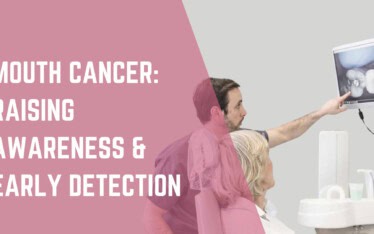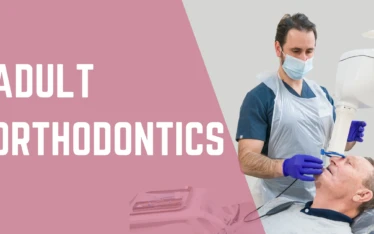Overcoming dental anxiety: strategies for a stress-free dental experience
Dental anxiety is a common issue that affects millions of people worldwide. Whether it stems from past negative experiences, fear of pain or general anxiety, it can prevent individuals from seeking the dental care that they need. However, with the right strategies and support it is possible to manage and overcome dental anxiety- ensuring a positive and stress-free experience at the dental practice.
Understanding dental anxiety
Dental anxiety can manifest in various ways, ranging from mild nervousness to severe panic attacks. Some common symptoms include sweating, rapid heartbeat, trembling and avoidance of dental appointments altogether. Understanding the root causes of dental anxiety is the first step in effectively managing it.
Strategies for managing dental anxiety
- Choose the right dental practice. Finding a dental practice that understands and empathises with your anxiety is crucial. Our dental team is trained in treating anxious patients and Inspired Dental Care offers a calming environment;
- Communicate. Do not be afraid to voice your concerns to your dentist. Open communication allows them to tailor their approach to your needs and provides reassurance throughout the process;
- Relaxation techniques. Incorporate relaxation techniques such as deep breathing, medication, as advised by a doctor, or visualisation to help calm your nerves before and during dental appointments;
- Gradual exposure. If your anxiety is severe, consider gradually exposing yourself to dental experiences. Start with simple visits, such as consultations or hygiene appointments, before progressing to more complex procedures such as fillings or extractions;
- Have support. Having a trusted friend or family member accompany you to your dental appointments- can provide comfort and moral support during stressful moments;
- Sedation. Talk to our team about conscious sedation options, such as inhalation or intravenous sedation techniques. This helps to alleviate anxiety and promote relaxation during procedures;
- Distractions. Bring headphones and listen to soothing music or audio books during dental procedures to distract your mind from anxiety-inducing thoughts;
- Good hygiene. Maintaining good oral hygiene habits at home can help reduce the frequency of dental visits and alleviate anxiety associated with potential dental issues;
- Professional help. If dental anxiety significantly impacts your quality of life, consider seeking support from a mental health professional who specialises in anxiety disorders;
What is conscious sedation?
Inhalation and intravenous (IV) sedation are both methods used to induce sedation or relaxation in patients undergoing dental treatments.
Inhalation sedation involves inhaling a gas, typically nitrous oxide, through a mask placed over the nose. Intravenous sedation is administered directly into the bloodstream through a vein, typically using a needle inserted into the arm or hand. Inhalation sedation typically takes effect quickly and usually wears off rapidly once the gas supply is stopped. Intravenous sedation also has a rapid onset and can be adjusted more precisely by the sedation practitioner. The duration or intravenous sedation can be longer than inhalation sedation, depending on the medication used which is chosen in relation to the medical history.
Inhalation sedation provides a mild to moderate level of sedation where patients remain conscious and responsive but relaxed and less anxious. Intravenous sedation can vary from mild to deep sedation, depending on the medication used. Patients may be in a state of decreased consciousness ranging from drowsiness to sleep and may have limited or no memory of the dental treatment.
Inhalation sedation requires monitoring of vital signs and adjusting the gas flow as needed by the dental professional. Intravenous sedation allows for precise control of the level of sedation as the dosages can by adjusted continuously throughout the treatment.
Recovery from inhalation sedation is usually quick with patients able to resume normal activities shortly after the has is stopped. Recovery from intravenous sedation may take longer as the effect of the medication can remain in the bloodstream and patients may experience some grogginess or drowsiness after the procedure.
Both methods of conscious sedation are effective methods for managing anxiety and discomfort during medical procedures, with each offering unique advantages and considerations depending on the patient’s needs and the nature of the procedure.
Dealing with dental anxiety is a journey that requires patience, understanding and proactive coping strategies. By taking proactive steps to manage your anxiety and seeking support from our team of dental professionals and mental health experts where necessary, you can overcome your fears and prioritise your oral health with confidence. Remember, you are not alone! There are resources available to help you and our team will be with you every step of the way.
Contact us today to schedule your new patient consultation with one of our highly trained clinicians and start your journey of overcoming dental anxiety.



